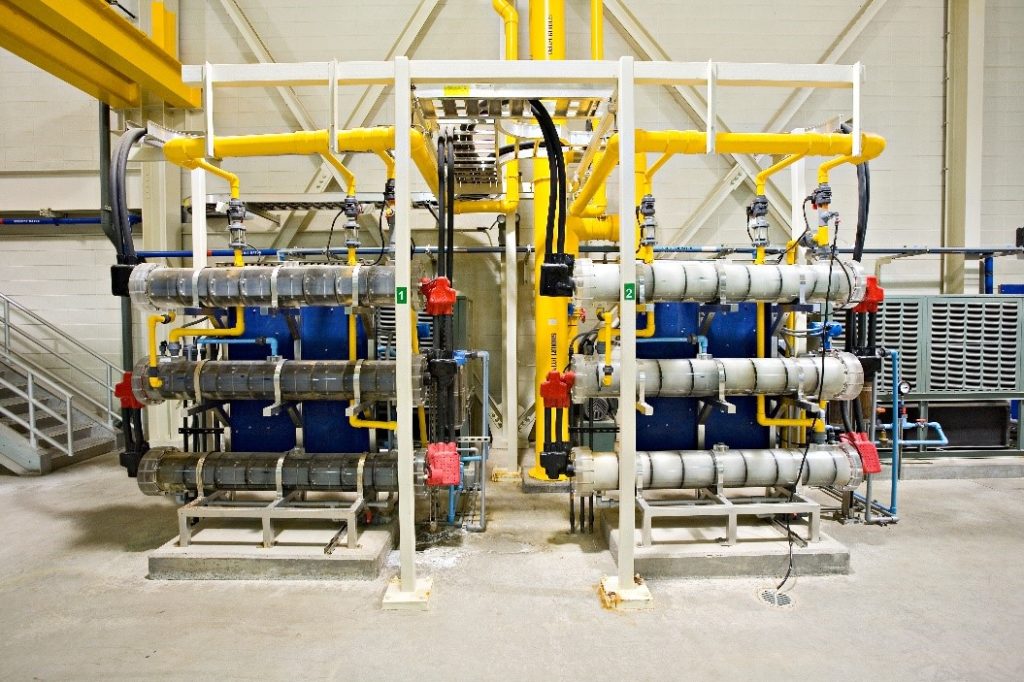
Custom Manufacturing Titanium Anode for Sodium Chlorate
As an important chemical raw material, sodium chlorate is widely used in many fields. The electrolysis process in its production is crucial, and titanium anode plays a pivotal role in it.
- Iridium-titanium anode
- Ir - Ta - Ti titanium anode
- Ru - Ir - Ti titanium anode
- Ruthenium-titanium anode (RuO₂-TiO₂)
- Graphite titanium anode
- Customized titanium anode
- Transition metal titanium anode
- Rare earth element titanium anode
Advantages of Titanium Anode in Sodium Chlorate Production
As an important chemical raw material, sodium chlorate is widely used in many fields. The core link in its production process, electrolysis technology, plays a decisive role in the quality and production efficiency of sodium chlorate. Titanium anode, with its unique performance advantages, has become a key factor in improving the production level of sodium chlorate. With its good conductivity, excellent corrosion resistance and stable electrocatalytic performance, titanium anode provides a reliable guarantee for the efficient and stable production of sodium chlorate.
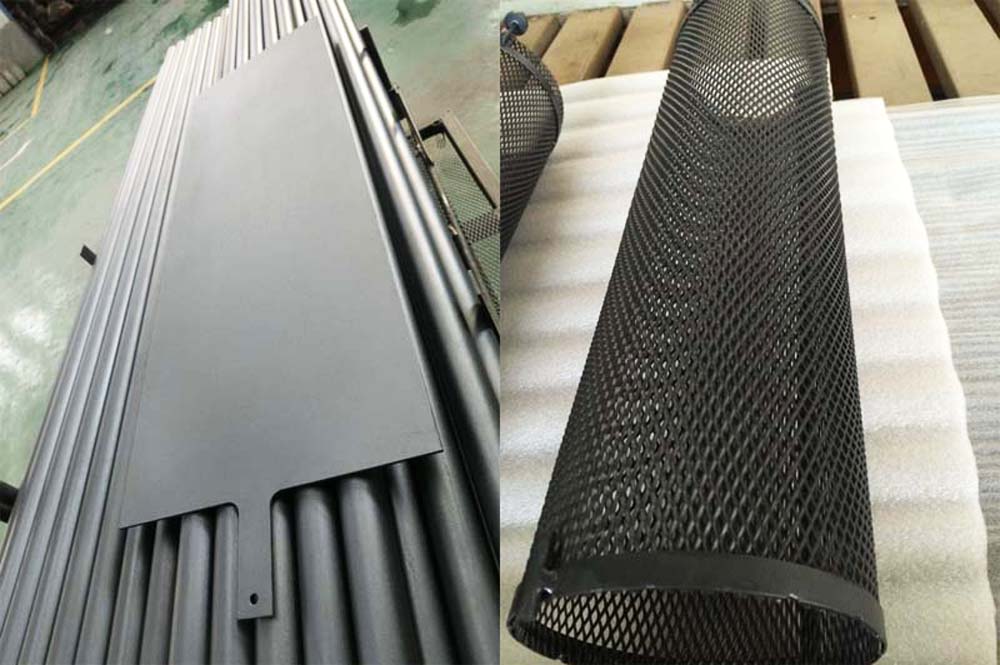
Ruthenium-coated titanium anode has excellent electrocatalytic activity and can significantly reduce the overpotential of chlorine evolution reaction (about 0.2-0.3V). This can save a lot of electricity for large-scale production. Ruthenium coating can maintain its catalytic activity and structural integrity for a long time in the highly corrosive sodium chlorate electrolyte environment.
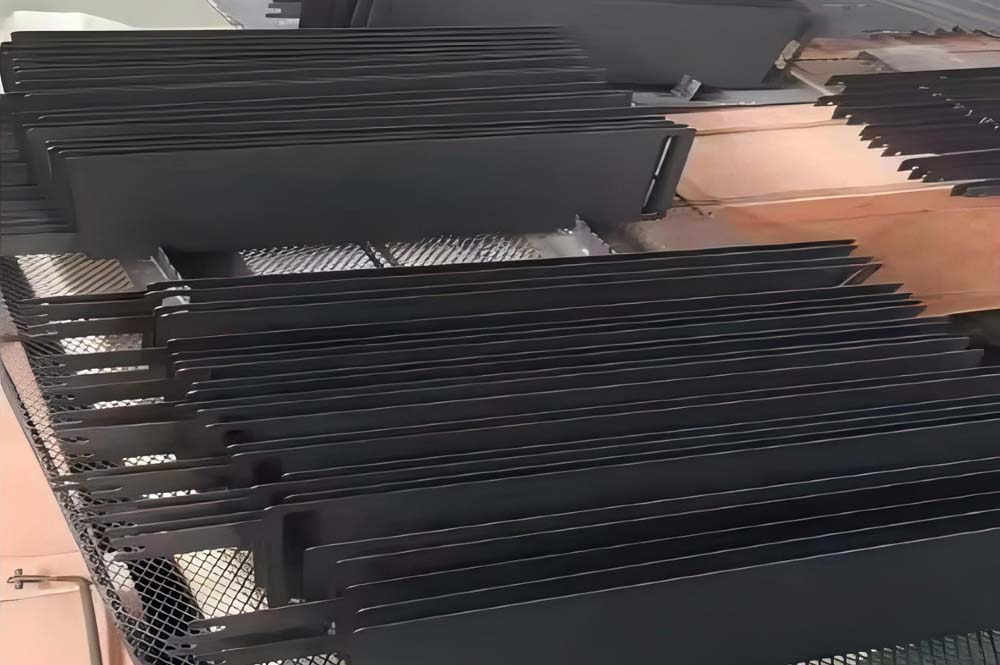
Iridium (Ir)-coated titanium anode has attracted much attention for its excellent corrosion resistance and high temperature stability. In the production of sodium chlorate, when the electrolyte contains highly oxidizing impurities, iridium-coated titanium anodes show better performance than other types of anodes. The service life of iridium-coated titanium anodes can reach 8-10 years.

Platinum (Pt)-coated titanium anode has excellent conductivity and catalytic activity, especially in the sodium chlorate production scenario with extremely high product purity requirements. Platinum-coated titanium anode can effectively reduce impurities and ensure the high purity of the product. The disadvantage is that the cost of platinum-coated titanium anode is relatively high.
The key role of titanium anode
In the production of sodium chlorate, the core electrochemical reaction occurs in the electrolytic cell, and the titanium anode is the key participant in this series of reactions. The basic overall reaction equation is: NaCl + 3H2O =NaClO3 + 3H2↑). Behind this seemingly simple equation, there is actually a complex and orderly step-by-step reaction process. In the anode area, chloride ions undergo oxidation reaction, and the specific reaction formula is: 2Cl^- =Cl2↑ + 2e^-. Chloride ions lose electrons on the surface of the titanium anode and are oxidized to chlorine gas. The titanium anode reduces the overpotential of the chlorine evolution reaction, making it easier for chloride ions to lose electrons and undergo oxidation reactions. From a microscopic point of view, the precious metal atoms in the coating (such as ruthenium, iridium, etc.) form a specific adsorption state with chloride ions, weakening the binding energy of the chlorine-chlorine bond, thereby accelerating the chlorine evolution reaction.
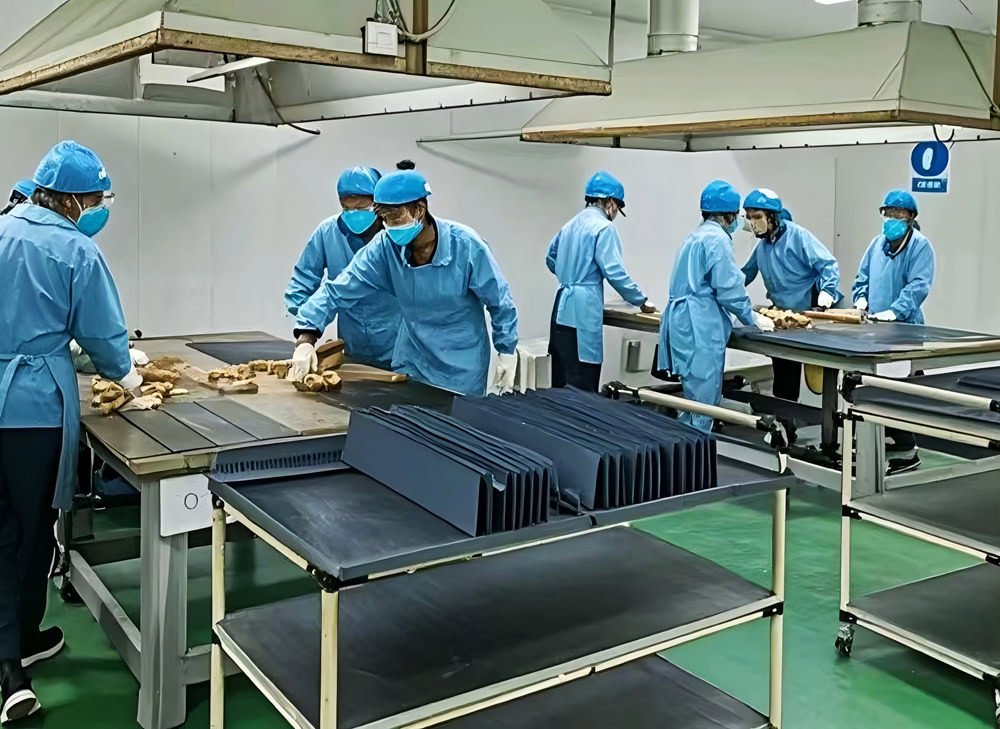
Custom Manufacturing Titanium Anodes
Different scales of sodium chlorate production have different requirements for titanium anodes. Small-scale sodium chlorate production units may prefer small, lightweight plate or rod-shaped titanium anodes. Medium-sized sodium chlorate producers may need to focus on flat or mesh shapes. The size is customized according to the inner dimensions of the electrolytic cell and the electrode layout requirements. Large-scale sodium chlorate producers pursue large-scale and efficient production, and their electrolytic cells are large in scale and have high current loads. Customized titanium anodes must not only meet the requirements of large size and high strength, but also consider the structural design of the anode to ensure uniform current distribution and good heat dissipation performance under high current density.
Customized Size
When customizing the size and shape of the titanium anode, the design parameters of the electrolytic cell should be considered first, including the geometric dimensions of the cell, the electrode spacing, the electrolyte flow mode, etc. For example, if the electrolytic cell adopts a forced circulation electrolyte method, the shape and size of the anode should be considered not to hinder the flow of the electrolyte, while ensuring that the electrolyte can fully contact the anode surface to improve the electrolysis efficiency.
For production processes that require higher current density, designs that increase the surface area of the anode can be used, such as using a mesh structure or a porous structure anode.
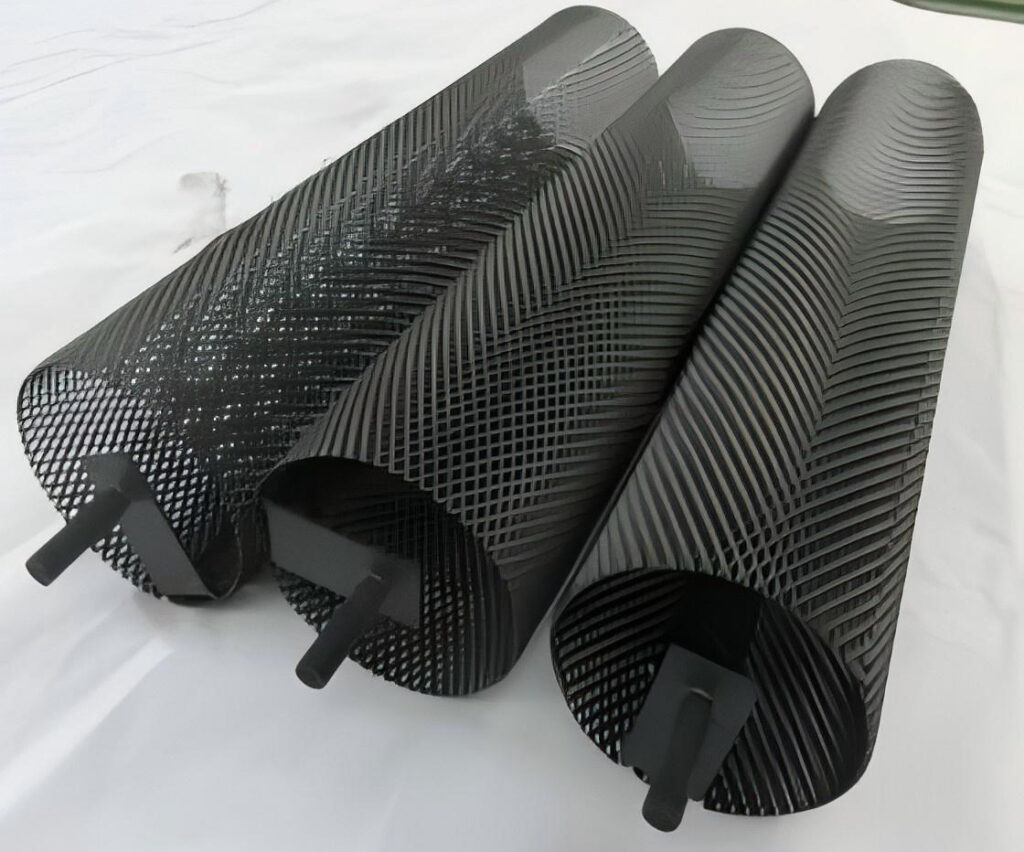
Coating Materials
Ruthenium coatings have the characteristics of low chlorine evolution overpotential, good conductivity and stability, and are suitable for most conventional sodium chlorate production. Iridium coatings perform well under special working conditions with their excellent corrosion resistance and low oxygen evolution overpotential. Multi-element coatings combine the advantages of multiple metal oxides and have more comprehensive performance. In addition to precious metal oxide coatings such as ruthenium and iridium, some other materials can also be used for titanium anode coatings, such as tin antimony oxide coatings. Tin antimony oxide coatings have the advantage of low cost and have certain applications in some cost-sensitive and not particularly demanding anode performance requirements.
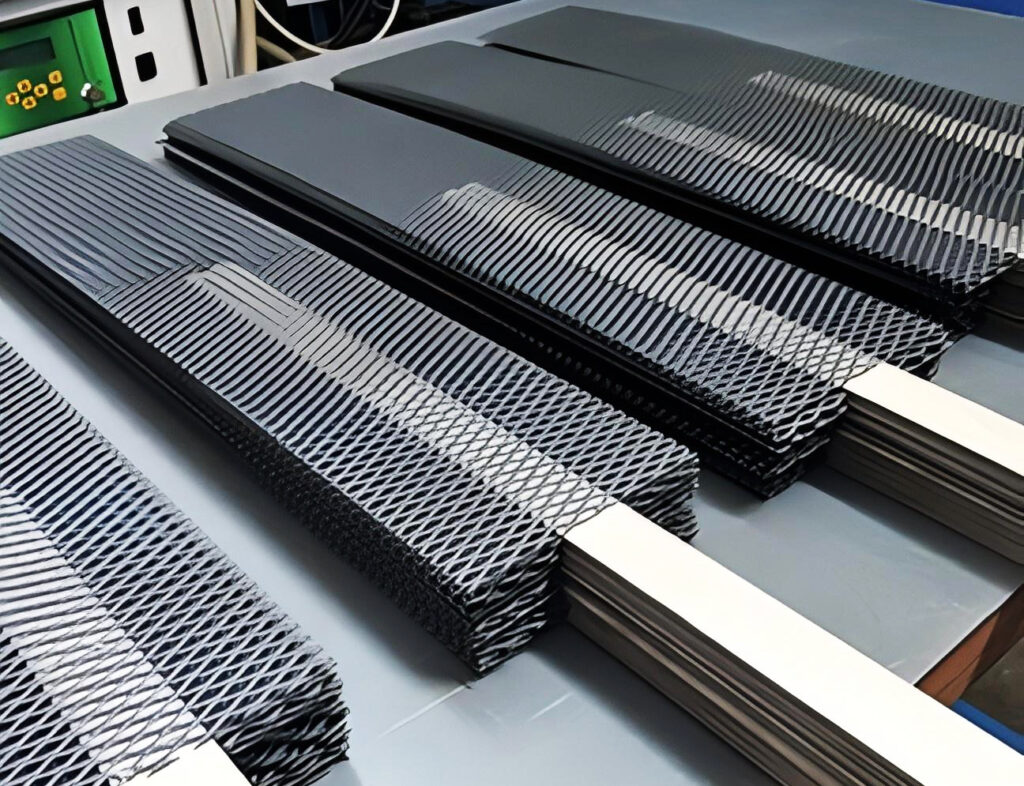
Coating Technology
Common titanium anode coating preparation technologies include thermal decomposition, electroplating, chemical vapor deposition, etc.
- Thermal Decomposition
The thermal decomposition method is to coat a solution containing metal salts on the surface of a titanium substrate, and then convert it into a metal oxide coating by high-temperature thermal decomposition. This method is relatively simple and low-cost.
- Electroplating
Metal oxides are deposited on the surface of a titanium substrate by electroplating to obtain a more uniform and dense coating. However, the equipment investment of the electroplating method is large and the efficiency is relatively low.
- Chemical Vapor Deposition
Chemical vapor deposition decomposes metal organic compounds and deposits them on the surface of the titanium substrate to form a coating. It produces high-quality coatings, but the equipment is complex, the cost is high, and the production scale is limited.
When selecting a coating technology, it is necessary to comprehensively consider factors such as the characteristics of the coating material, the performance requirements of the anode, the cost, and environmental protection requirements. For example, for ruthenium-based titanium anodes that require high coating uniformity and adhesion, electroplating or improved thermal decomposition may be more suitable; while for some multi-coated titanium anodes that require extremely high coating performance and require special structural coatings, chemical vapor deposition may be a better choice….